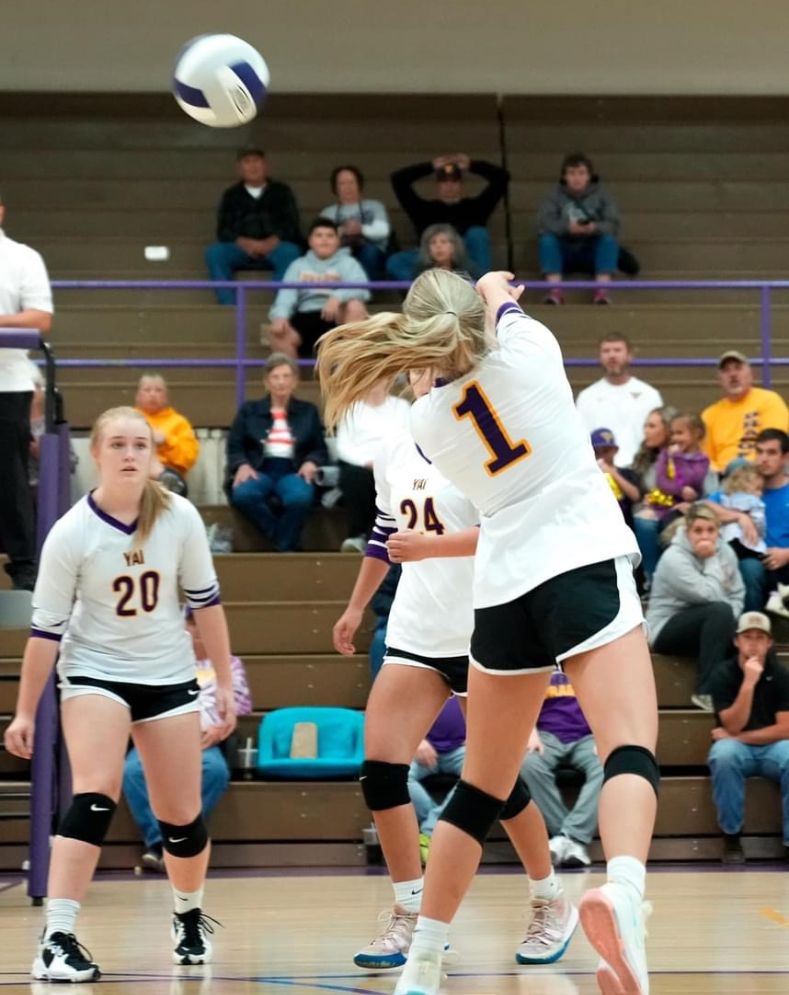Most athletes get this wrong! If you have followed my previous blog post “Phases of Training”, for High School Athletics. You are familiar with the 3 Phases of Training. In this post, I will elaborate on the importance and considerations for in-season training.
Most athletes get this wrong, in the sense they put in a ton of hard work in the off season and pre-season and don’t maintain it during the in-season. Strength, power, and speed have all been increased and applied to sport through the offseason and preseason training. If strength maintenance is not kept up, an athlete could see a decrease in performance. Don’t get me wrong, in season training can be a double edged sword, if not monitored and executed properly. This is where an experienced Strength and Conditioning coach comes into play.
For in season training, a few variables need to be considered.
- What is the training age of the athlete?
- Is the athlete a multi sport transitional athlete?
- Is the athlete dealing with over use injury or muscular imbalances?
- How much playing time will the athlete have during the season?
These are just a few variables to be consider when training an athlete in season. Considering these variables, a plan of action will be developed for the course of the season.
If strength maintenance is not kept up, an athlete could see a decrease in performance.


TRAINING AGE
The importance of considering an athletes previous training and training age. If the athlete has 2+ years training experience and meets set benchmarks, the goal is to keep the athlete as close to the benchmarks as possible, while maintaining a high level of performance. This is usually the varsity athletes that have been in the same training program for the 2+ years. An athlete with less than 2 years of training experience, should see continual development and benchmark increases throughout the season.
MULTI SPORT ATHLETES
A multi sport transitional athlete, is an athlete moving from one sport straight into another sport with little to no down time. This is seen a lot in high school athletics, moving from volleyball straight into basketball, football straight into basketball, or basketball into track and field. This is important to consider because we have to consider volume, possible overuse injuries, and the surface an athlete will be training and competing on. If these variables are not considered and addressed, an athlete may sustain overuse injuries or an early season ending injury.
OVERUSE INJURY OR MUSCULAR IMBALANCE
Overuse injuries and muscular imbalances need to be addressed before ramping up practice or games. This can be hard because athletes may feel pressure from teammates, coaches, and sometimes parents to keep pushing. They may also feel the pressure of losing or earning a spot on the team. The reality is, if a player is injured or unable to play, they will not have a secured spot or be capable of contributing to the team.
The reality is, if a player is injured or unable to play they will not have a secured spot or be capable of contributing to the team.
SEASON CONTRIBUTION
Season contribution, better known as playing time, is a huge variable to consider. An athlete who starts and logs a lot of playing time will have a recovery, mobility, and strength maintenance protocol. An athlete that is just participating in practice and not clocking much playing time has a tremendous opportunity to improve throughout the season. These athletes will continue to develop and increase athleticism. I have seen athletes continue to develop in the early and mid season, then earn a starting spot by the post season and become big contributors. I have also seen athletes not take advantage of this time, show little to no improvement and get passed over by an underclassmen or an athlete who was doing the work and improving.

I have seen athletes continue to develop in the early and mid season, then earn a starting spot by the post season and become big contributors.